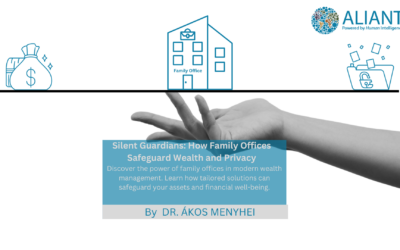Following the failure of the Valley Bank and rumors relating to a few other banks, many clients have contacted us for advice on keeping their bank balances safe. While we believe that the U.S. banking system is safe and sound, our clients’ peace of mind is important, and the following is our advice.
In one word, diversify.
Diversification can be across various institutions, across various tax identification numbers, or internationally. First, let’s talk about diversification within the U.S.
Diversification within the U.S. has to do with how the Federal Deposit Insurance Corporation (FDIC) insures deposits. The FDIC is a U.S. government agency that provides insurance for deposits in banks. The insurance is designed to protect depositors in case of bank failures or other financial problems.
FDIC insurance covers individual accounts up to $250,000 per depositor, per insured bank. If you have more than one account at the same bank, the FDIC combines the balances of those accounts and insures them up to the $250,000 limit. The first diversification alternative is to have accounts across multiple banks, with none totaling more than $250,000.
If you have accounts (with the same bank) under different ownership structures, such as personal accounts, trust accounts, and legal entity accounts with different tax identification numbers, the FDIC insurance coverage should apply separately to each account. Note it is important that tax id numbers (social security number for individuals) be different. For example, if you have a personal checking account with $200,000 and a trust checking account with $200,000 at the same bank, each account would be insured up to $250,000, so long as the trust has a separate tax id number. The same rules applies to accounts that are under the same name and tax identification number, but that have different beneficiaries.
The second diversification alternative is to stay with one financial institution but to have accounts through various trusts and LLCs, or to name different beneficiaries.
To determine your FDIC insurance coverage for different ownership structures, you can use the FDIC’s Electronic Deposit Insurance Estimator (EDIE) (on the FDIC website). The EDIE allows you to input information about your accounts, including ownership type and balance, to calculate the amount of FDIC insurance coverage you have.
Investment accounts, such as stocks, bonds, and mutual funds, are not insured by the FDIC. Instead, they may be covered by the Securities Investor Protection Corporation (SIPC) or private insurance, and you should check with your broker-dealer.
Hold deposits outside the U.S.
The final diversification alternative is to hold deposits outside the U.S., with banks or investments advisors in Europe or elsewhere. It is rare to find government insurance for bank or investment accounts outside the U.S., and it is important to confirm with your financial institution the limits of their private insurance coverage and how it works. For offshore investing it would also be prudent to consider the appropriate structure to hold the account (such as an offshore trust), and the related tax reporting requirements.
Stay updated with Aliant.
To stay informed about the latest news and events, follow Aliant for ongoing updates.
Safeguard your bank balances by implementing diversification strategies that suit your needs. Remember, diversifying across institutions, tax identification numbers, and geographical locations can enhance the security of your deposits.
Follow us on LinkedIn.



